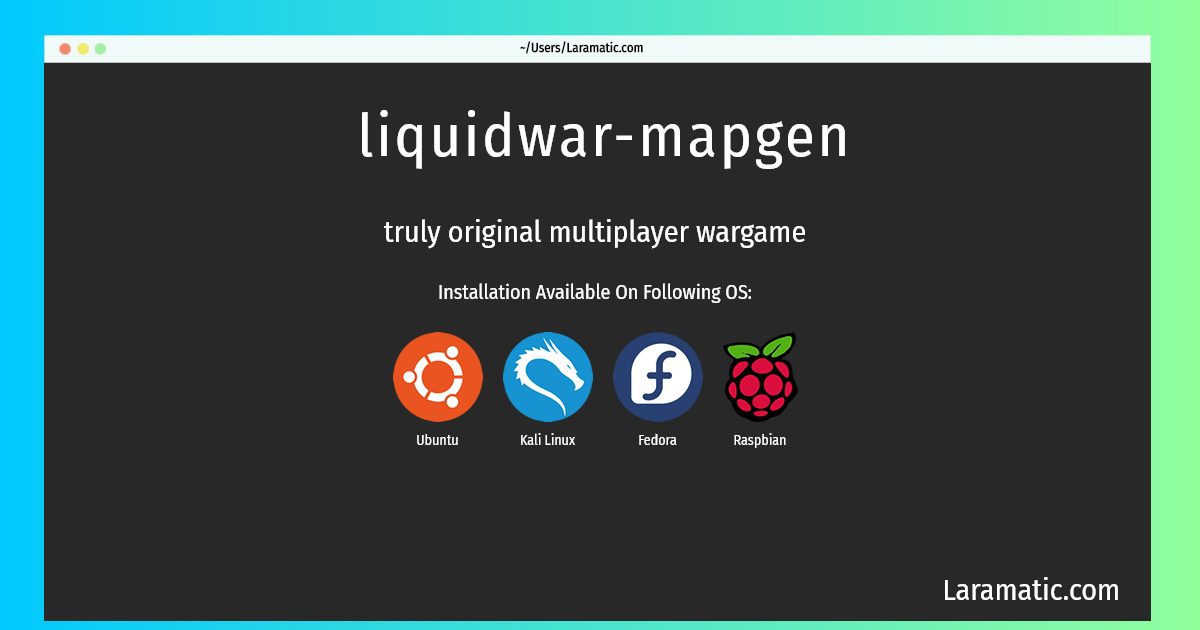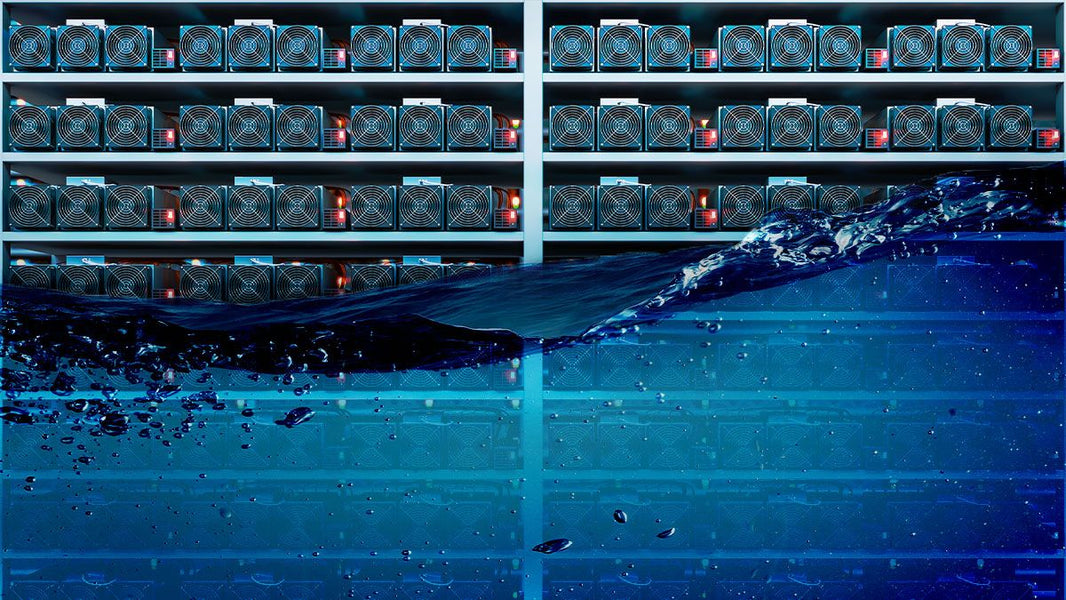

The results of environmental assessment show that chemical looping cycles are very promising with respect to gas–liquid absorption processes. Four environmental impact indicators have been calculated and compared: I out,the total rate of impact output, varies in the range of 70.86–134.85 PEI/MWh, I out_mp, the total impact output per mass of products, varies in the range of 79.73–113.8 PEI/( t CO 2 captured ∗ MW e) I gen, the total rate of impact generation, varies in the range of 65.69–134.62 PEI/MWh and I gen_mp, the total impact generated per mass of product, varies in the range of 73.9–113.8 PEI/( t CO 2 captured ∗ MW e). The results of the technical evaluation are further used in the Waste Reduction (WAR) Algorithm integrated with CAPE OPEN (CO) methodology for the environmental impact assessment of the processes. Investigated case studies produce 430–610 MW net power, the net energy efficiencies are higher than 34%, the carbon capture rate is higher than 90% and the CO 2 specific emissions vary in the range of 3–88 kg/MWe. The technical evaluation is made according to key performance indicators such as: net power, energy efficiency, carbon capture rate, specific CO 2 emissions. The six cases evaluated use different carbon capture techniques (gas–liquid absorption using physical or chemical solvents, chemical looping using calcium and iron oxygen carriers). While there still isn't network support, most parts of the game and engine are finished and playing hotseat and/or against bots works fine, just like version 5.x.This paper investigates the technical and environmental aspects of Integrated Gasification Combined Cycle (IGCC) with/without Carbon Capture and Storage (CCS). Version 0.0.8 beta has been released in 2010. Version 0.0.7 beta, a testing version, was released in October 2009. Version 6.0 is a part of the GNU project and was expected to be released in 2008.

LIQUID WAR ALGORITHM FULL
Its author, Christian Mauduit, has announced that a complete rewrite is in progress to produce version 6.0, which will abandon the Allegro library used for 5.x releases for a full OpenGL implementation. As of July 2008, the current version is 5.6.4 and is available under MS-DOS, Microsoft Windows, macOS, Linux and FreeBSD.
LIQUID WAR ALGORITHM SOFTWARE
In 2002, Liquid War received the Most Original Linux Game award by The Linux Game Tome, and in 2003 it was nominated for the Les Trophées du Libre, an International Free Software Competition. Network support was introduced in version 5.4.0, released on July 7, 2001. It was a complete rewrite and used the Allegro library. Version 5.0 was released on September 26, 1998. It was a "barely usable" MS-DOS game with no network support. Liquid War 3.0 was released on July 1, 1995. Colcombet's friend, Christian Mauduit, enhanced the algorithm and coded the game. The game came as a result of the algorithm, when he realized its applicability to gaming. The Liquid War shortest path algorithm was invented by Thomas Colcombet before the game itself. The computer AI's "strategy" is to constantly choose a random point in the enemy and move its cursor to it. A single player mode is available in which the opponents are controlled by the computer. Liquid War is a multi-player game and can be played by up to 6 people on one computer, or over the Internet or a LAN. These obstacles may affect the strategies of the game. The are multiple maps which affect the obstacles in the battlefield. When the time runs out, the player with the most particles wins. The game ends when one player controls all of the particles or when the time runs out. Since a particle can only fight in one direction at a time (towards its team's cursor), a player that surrounds its opponents will have a distinct advantage. As particles cannot die but only change teams, the total number of particles on the map remains constant. When a particle moves into a particle from a different team, it will fight and if the opponent particle fails to fight back (it is not moving in the opposite direction) it will eventually be assimilated by its attacker. A player may have several thousands particles at a time, giving the collection of particles a look of a liquid blob. Each particle follows the shortest path around the obstacles to its team's cursor. The players can only move their cursors and cannot directly control the particles. The objective of the game is to assimilate all enemy particles. Each player (2 to 6, computer or human) has an army of particles and a cursor. Gameplay takes place on a 2D battlefield, usually with some obstacles.


 0 kommentar(er)
0 kommentar(er)
